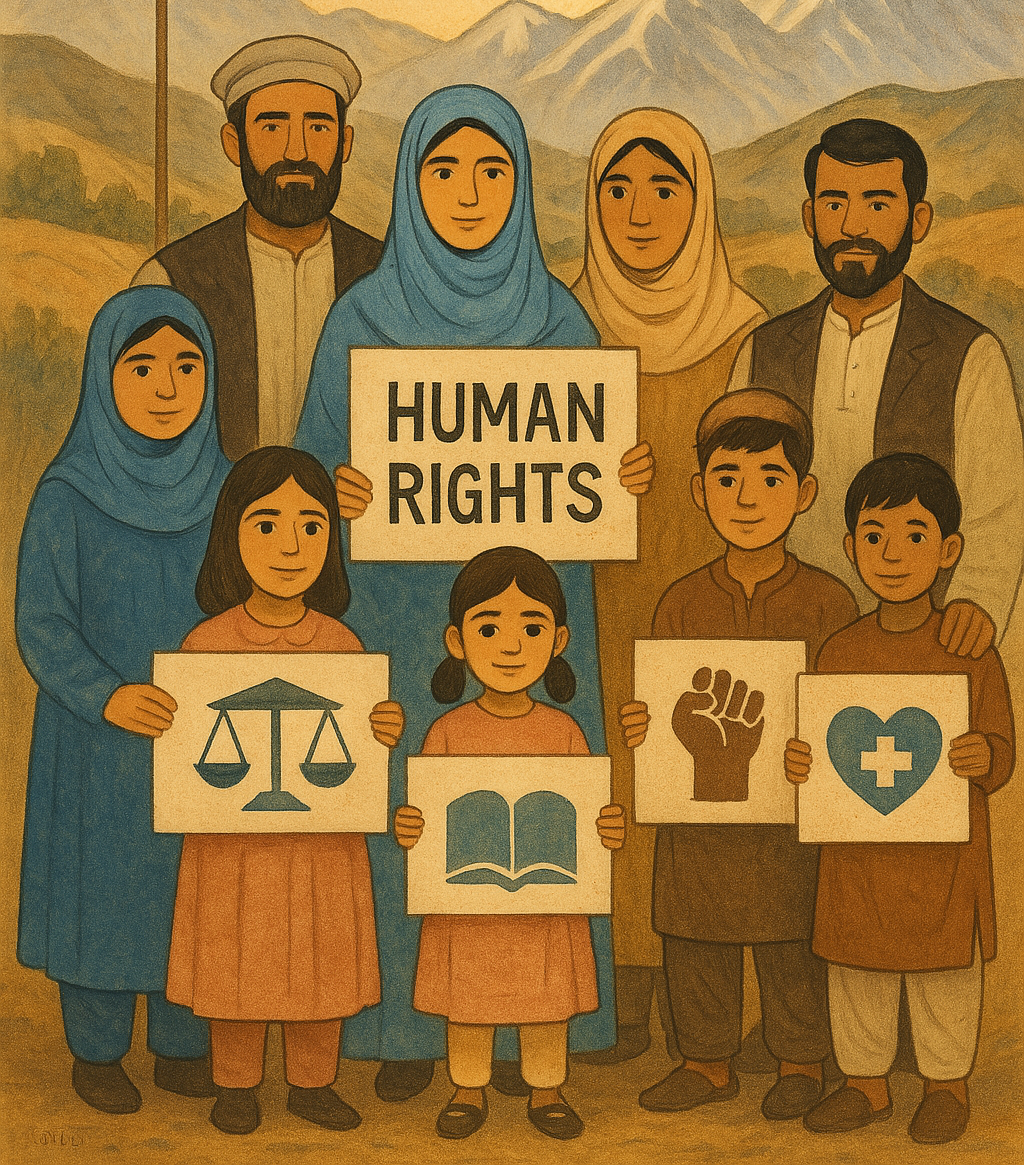- Immunity and Survival National Organization(ISNO)
- Call +93 799 044 616
- 13DS, Kabul Afghanistan
- KBL, AF
- Send your mail at
- info@isno-cso.org
- Working Hours
- Sat-Thu:8.00am to 4.00pm
Humanitarian Right situation

Humanitarian Right situation
Humanitarian
Situation in Afghanistan
Situation Overview – Month of Hamal
Background
Afghanistan is facing one of the most severe humanitarian crises in the world,
caused by decades of war, political instability, economic collapse, natural
disasters, and increasing restrictions on fundamental freedoms. These factors
have placed millions of Afghans at serious risk of human rights and
humanitarian violations.
Key
Humanitarian Concerns
- Access to Basic Services
Over 23 million people are in need of humanitarian assistance. Millions lack access to clean water, food, healthcare, and education, especially in remote areas. Malnutrition, particularly among children and pregnant women, has significantly increased. - The Situation of Women and
Girls
Restrictions on education, work, and freedom of movement have severely impacted women's rights. Many women-focused organizations have either closed or are operating in secrecy. Gender-based violence has increased, and access to legal support has been limited. - Internally Displaced Persons
(IDPs) and Vulnerable Populations
Conflict, drought, and poverty have displaced more than 5 million people. These families often live in inadequate shelters, without access to essential services or legal protection. Children, people with disabilities, and minorities are at even greater risk. - Freedom of Expression and Civil
Space
Freedom of the press, expression, and assembly have been severely restricted. Human rights defenders and civil society organizations face threats, censorship, and limitations on their activities. - Lack of Legal and Humanitarian
Support
Many Afghans lack access to the justice system. Humanitarian organizations face administrative obstacles, insecurity, and movement restrictions, which complicate the delivery of aid.
Conclusion
The humanitarian crisis in Afghanistan requires urgent attention and broad
national and international collaboration. Organizations like ISNO play a vital
role in providing emergency assistance, raising legal awareness, and
strengthening community resilience.
